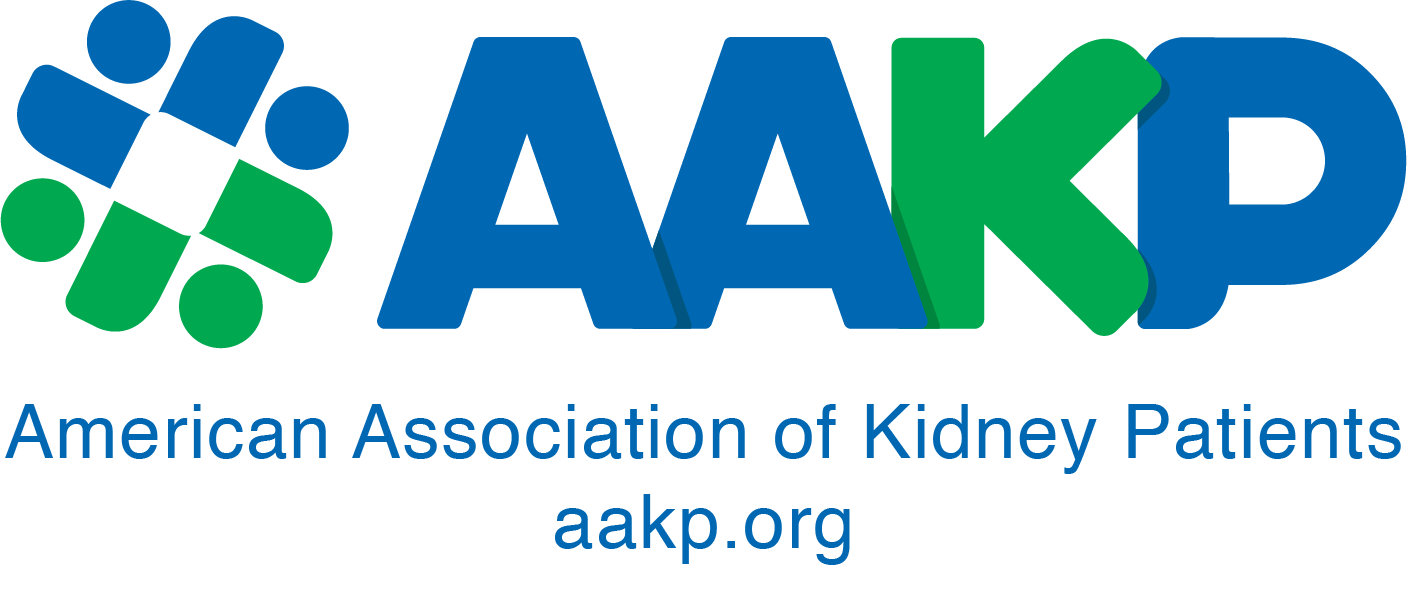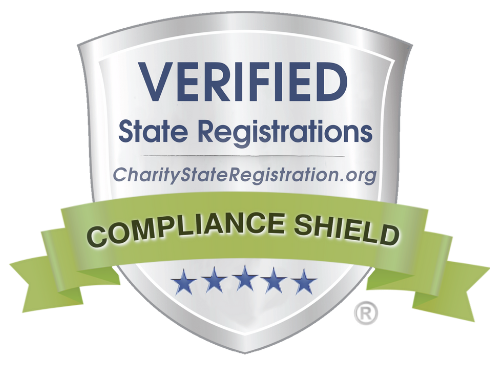By Stephen Z. Fadem, MD, FASN, Chairman, Medical Advisory Board AAKP
Introduction
The COVID-19 pandemic has taken the world by surrise and been costly in terms of life. As of May 27, 2020, there were over 100,000 deaths related to COVID-19 in the United States. By June 8, another 11,700 had died (Source: https://coronavirus.jhu.edu/map.html). What started as a cluster of 27 cases of viral pneumonia on December 31, 2019, was declared a worldwide pandemic by March 11. We saw travel between nations and even between cities and states come to a halt and an entire nation pretty much sheltered in place, avoiding social gatherings and working from home. Restaurants, schools, and shops closed. Elective surgery halted. Patients saw their doctors through telehealth portals while Zoom, Facetime, WebEx became standard methods of communication. Binging television series became a national pastime. Major meetings, travel plans, and even the Tokyo summer Olympics were canceled or postponed. The White House developed social distancing guidelines through April 30 and states each created stay at home rules curtailing nonessential activities. By April 11, the death rates in the United States exceeded those of all other nations.
Did sheltering in place work? Yes. A study by the National Bureau of Economic Statistics determined that as the result of an executive order in California to shelter in place for nonessential activities issued March 19, 2020 COVID-19 cases were reduced by 125.5 cases per 100,000 population to 219.7 per 100,000 by April 20. This resulted in 1661 fewer COVID-19 deaths but resulted in 400 jobs lost for each life saved during the month. (1)
But sheltering in place has become lax as the nation is fatigued by it. National protests of COVID-19 restrictions put pressure of public officials to relax controls over working conditions. Demonstrations to fight police injustice against African Americans were sparked by the May 25, 2020, choking death of George Floyd during an arrest in Minneapolis. As a video taken by a bystander emerged, protests erupted in Minneapolis, and other large cities starting that Tuesday and grew in intensity. During this period, social distancing was all but forgotten. The large gatherings are sure to create a spike in COVID-19 cases and deaths.
In contrast to countries like South Korea, organized testing and contact tracing have yet to be implemented on a large scale in the United States. On February 16, South Korea had the largest population of COVID-19 patients. Travel was banned to that country. They implemented a national program using CCTV and geolocation date from phones and alerts to patients exposed to disease requesting they undergo rapid self-testing and, if appropriate, quarantine for fourteen days. The program was successful to drop their death rate dramatically. (SOURCE:https://www.newyorker.com/news/news-desk/seouls-radical-experiment-in-digital-contact-tracing)
In the coming weeks, all fifty states in the USA will reopen lifting most restrictions. Governors are under intense pressure from the public, which often outweighs objections from physicians and public health officials. States having early opening are already witnessing an increase in ICU cases of COVID-19.
As businesses such as restaurants and hair salons reopen, customers will be required to wear masks and keep 6 feet apart, fewer customers will be allowed in each store or restaurant, and many restaurants have set up spacers and designate which tables customers can dine at. Additionally, some stores are checking infrared scalp temperatures upon entry and requiring customers to sanitize at the door. Some companies have changed their work policies and will have employees working permanently from a home-based office. Hospital conferences such as medical grand grounds are now held by teleconference. Many shoppers select and order online and have the merchandise delivered to their homes. Many restaurants have shifted from dining in the house to take out.
As air travel increases, customers will be required to social distance and wear masks in the airports. Seating on planes will be redistributed to allow ample space between seats.
COVID-19 is highly contagious. In addition to safely distancing, wearing a mask, and sanitizing, one must be critically honest when even the slightest symptoms develop, not only self-quarantining until they disappear and have a test, but in telling contacts and colleagues about your symptoms. Furthermore, if exposed to a person who was found to have a positive COVID-19 test, it is important to be tested to avoid spreading the disease.
Understanding the Science
Viral infections are not new and have been the source of plagues and pandemics through all recorded history. A virus is a life form that includes DNA or RNA, molecular chains that can cause amino acids sequencing and manufacture proteins. They can also replicate. A virus is protected by an envelope of proteins and sugars that will allow it to migrate through the environment. The characteristics of the virus determine how it attacks human cells. Since they multiply in great numbers, the frequency of mutations may be very high.
We are all too familiar with viruses: smallpox, influenza, measles, polio, rhinovirus, adenovirus, and even other coronaviruses. The coronavirus known as SARS-CoV-2 is unique, for it has protein spikes on its envelope. The tip of the spike, known as the receptor-binding domain (RBD), has mutated to attack a specific receptor on the cell. This is known as the ACE2 receptor and is found in many organs, particularly lungs, kidneys, heart, pancreas, and blood vessels. When the virus attacks, the body responds through an innate immunity system, recruiting a type of lymphocyte known as a T helper cell to the vicinity. The helper cell then recruits a number of other cell types through the release of cytokines – hormones on a cellular level. The reaction to these hormones plays a key role in what happens next. It is ideal for helpers to recruit killer cells that destroy the virus and regulatory cells that modulate the response so that normal body cells are not injured. Cells that will make antibodies are also recruited, as these antibodies will be necessary to neutralize the virus in repeated exposure. In the elderly and patients with diabetes, CKD, heart, or lung disease, as well as those with any immune compromised, the immune system does not react to a virus properly. Either the virus multiplies unchecked, or the cytokines are overly destructive, or the body cannot make antibodies that will protect the person another attack. For these reasons, vulnerable people have higher odds of becoming critically ill or being overcome by the infection.
The Status of a Vaccine
Researchers from around the world are working on a vaccine. Vaccines, like medications, must go to three phases of clinical trials before they can be shown to be safe and effective – and must be approved by the FDA. Currently, Moderna has developed a vaccine that is undergoing phase 2 testing. (SOURCE: https://www.raps.org/news-and-articles/news-articles/2020/3/covid-19-vaccine-tracker) BCG vaccinations were developed several years ago for tuberculosis immunization and are currently being tested in Melbourne Australia and at Massachusetts General Hospital in Boston. Several other candidate vaccines are either not as far along or will not serve US markets.
Herd Immunity
Herd immunity occurs when a percentage of the population has either been vaccinated or has acquired the disease and developed neutralizing antibodies to the virus. At that point, generally represented mathematically, the disease ceases to be an epidemic. When herd immunity is reached, it is unlikely that those patients who were not candidates for a vaccination will acquire the disease. We are not yet at the point where herd immunity can be achieved, and until then, the focus should be on protecting the vulnerable from exposure. (2)
Many people have been tested because they were exposed to the disease, but never developed symptoms. A percentage of the tests have returned positive. These asymptomatic people can transmit the disease until they, too, develop antibodies. The number of asymptomatic carries has yet to be determined because testing is still not as reliable as we would like, and we are still in the phase of ramping up testing. This area requires further study.
Therapy
1. Remdesivir
Remdesivir inhibits how the viral particle’s RNA replicates. 10-day courses were tried in compassionate use. Although the mortality in this critically ill group was 18%, there was a 68% improvement in oxygenation and a 57% improvement rate in the patients on mechanical ventilators. (3)
2. Convalescent serum
The plasma of patients who recovered from COVID-19 will contain antibodies that can neutralize the virus in other patients. While this does not stimulate the patient to develop their own antibodies, it is useful for the treatment of critically ill patients. In a recent study, it reversed the respiratory distress, and in 3 out of 5 patients studied allowed the patients to be successfully discharged from the hospital. The remaining 2 patients were upgraded to stable condition and improving at the time the paper was published. (4)
3. Monoclonal Antibodies
Taking it a step beyond serum, specific antibodies that are produced by memory B cells are specific for the receptor-binding domain of the SARS-CoV-2 virus can neutralize the virus. This is a promising new therapy, but more research must be done before it is ready for human use. (5)
4. Hydroxychloroquine
Hydroxychloroquine is a malaria drug that is in use today for the treatment of lupus. It is generally safe when used by physicians. Recommendations to use the drug before clinical trials were completed in the management of COVID-19 were premature and led to high expectations that were never met. Two prestigious journals recently retracted papers that demonstrated the drug was not effective, but physicians are still skeptical of its use. (6) (7)
Enhancing Immunity (8)
A variety of articles have reviewed the benefits and risks of nutrition, vitamins, and minerals in enhancing the immune system. Most of the data is with influenza and in patients who have a vitamin or mineral deficiency. Vitamin A plays a role in enhancing immune function, and D plays an important role in modulating the innate immune system. Randomized controlled trials are conflicting and depend on vitamin levels. Given that vitamin D is of some benefit in acute respiratory infection, it is wise to assure vitamin D levels are at least adequate while further studies are being completed. (9) Vitamin A is included in multivitamins that are recommended for elderly and vulnerable patients. Although vitamin E has the potent antioxidant ability, it has not been shown to be beneficial. Vitamin E increased the risk of pneumonia in adult smokers.
Vitamin C has not been shown to have any benefit for the common cold, but reports show that high doses offer benefit in critically ill patients, particularly with the adult respiratory distress syndrome seen in COVID-19. Clinical trials are ongoing. (10) Zinc is known to inhibit the RNA replication inside the cell, and although no studies have demonstrated the advantages of its use in COVID-19 clinical trials are ongoing. Selenium deficiency was shown to be associated with a poorer response to the virus. Vulnerable patients must avoid deficiencies in minerals such as zinc or selenium and maintain adequate nutrition. Persons at higher risk of developing complications of COVID-19 should address the need for vitamin supplements with their provider.
Summary
The COVID-19 pandemic has wrought concern and confusion among patients who are vulnerable and more susceptible to severe complications from the disease. As we return to our previous levels of life, there will be necessary changes to avoid spreading the disease. It is important that those at risk continue to be extra cautious and vigilant. It cannot be overemphasized that patients should wear masks and social distance whenever possible. Hand sanitizing is also critical, as is checking one’s temperature and being on the lookout for early symptoms in one’s self and others. Tracking one’s contacts should help minimize the spread of this disease.
Dr. Fadem is a champion for Chronic Kidney Disease education. He is a Clinical Professor of Medicine, Baylor College of Medicine, Section of Nephrology. He attended Tulane University and graduated the University of Oklahoma College of Medicine. He completed his Internship and Residency at the University of Texas Health Science Center – MD Anderson and Hermann Hospitals, and his Renal Fellowship at the University of Texas Health Science Center, San Antonio. He was one of the first doctors to discover the value of the Internet for patient education and is the founder of several websites dedicated to public service and the dissemination of clinical information including The Nephron Information Center, Wikikidney and dialysisunits.com. He has participated heavily in the development and the revision of the AAKP Patient Plan. Dr. Fadem is the recipient of the National Kidney Foundation’s Distinguished Service Award, the AAKP Visionary Award and the AAKP Peter Lundin Award. He serves as co-editor of aakpRENALIFE. Dr Fadem is listed in America’s Top Doctors.

References:
1. Friedson AI, McNichols D, Sabia JJ, Dave D. Did California’s Shelter in Place Order Work?2020. Available from: https://www.nber.org/papers/w26992.pdf.
2. Randolph HE, Barreiro LB. Herd Immunity: Understanding COVID-19. Immunity. 2020;52(5):737-41.
3. Grein J, Ohmagari N, Shin D, Diaz G, Asperges E, Castagna A, et al. Compassionate Use of Remdesivir for Patients with Severe Covid-19. The New England journal of medicine. 2020.
4. Shen C, Wang Z, Zhao F, Yang Y, Li J, Yuan J, et al. Treatment of 5 Critically Ill Patients With COVID-19 With Convalescent Plasma. Jama. 2020;323(16):1582-9.
5. Ye L, Chen X, Li R, Pan Z, Qian C, Yang Y, et al. Human monoclonal antibodies block the binding of SARS-CoV-2 spike protein to angiotensin converting enzyme 2 receptor. medRxiv. 2020:2020.04.06.20055475.
6. Mehra MR, Desai SS, Kuy S, Henry TD, Patel AN. Retraction: Cardiovascular Disease, Drug Therapy, and Mortality in Covid-19. N Engl J Med. DOI: 10.1056/NEJMoa2007621. New England Journal of Medicine. 2020.
7. Mehra MR, Desai SS, Ruschitzka F, Patel AN. RETRACTED: Hydroxychloroquine or chloroquine with or without a macrolide for treatment of COVID-19: a multinational registry analysis. Lancet. 2020.
8. Zabetakis I, Lordan R, Norton C, Tsoupras A. COVID-19: The Inflammation Link and the Role of Nutrition in Potential Mitigation. Nutrients. 2020;12(5).
9. Grant WB, Lahore H, McDonnell SL, Baggerly CA, French CB, Aliano JL, et al. Evidence that Vitamin D Supplementation Could Reduce Risk of Influenza and COVID-19 Infections and Deaths. Nutrients. 2020;12(4).
10. Carr AC. A new clinical trial to test high-dose vitamin C in patients with COVID-19. Critical care (London, England). 2020;24(1):133























